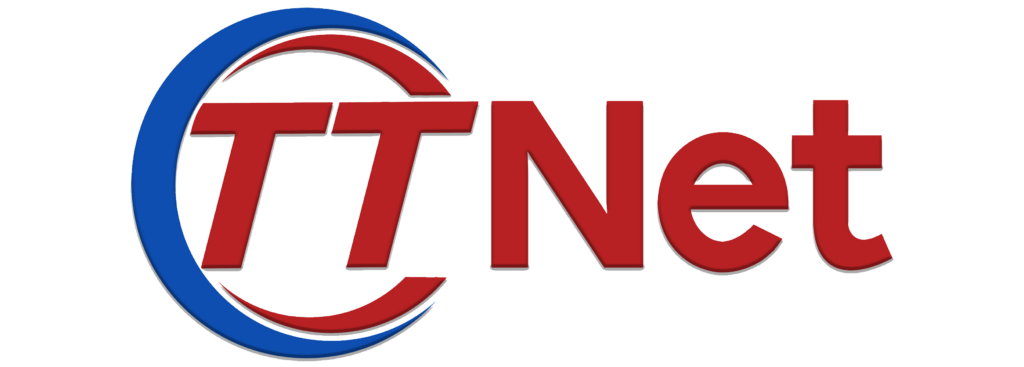
In Cameroon’s vibrant business landscape, companies face unique HR challenges that can hinder growth and productivity. From managing remote teams to tracking employee performance, HR departments often struggle with outdated systems and limited resources. Fortunately, modern Software-as-a-Service (SaaS) tools are emerging as game changers, offering tailored solutions to these pain points. Below, we explore the top five HR challenges Cameroonian businesses encounter and how SaaS platforms, including integrated HRM and CRM applications, can address them effectively.
1. Manual HR Processes Leading to Errors and Inefficiency
Many businesses in Cameroon still rely on paper-based systems or basic spreadsheets for HR tasks like attendance tracking, payroll management, and leave requests. Manual processes are time-consuming, prone to errors, and create bottlenecks. For example, an employee might wait days for a leave approval due to misplaced forms, while payroll errors could lead to disputes and demotivated staff.
How SaaS Solves This
SaaS-based HRM systems automate repetitive tasks. Employees can clock in and out digitally using mobile devices or computers, eliminating the need for physical registers. Leave requests are submitted through an app, and managers can approve or reject them instantly. Payroll calculations are automated, reducing errors and ensuring compliance with tax laws. These tools centralize data, allowing HR teams to access real-time information without sifting through paperwork.
2. Difficulty Managing Compliance with Labor Laws
Cameroon’s labor laws are complex and frequently updated. Businesses often struggle to stay compliant, especially when managing contracts, overtime, or employee benefits. Non-compliance risks fines, legal disputes, and reputational damage. For instance, a company might inadvertently violate new regulations on employee leave entitlements, leading to penalties.
How SaaS Solves This
SaaS HR platforms are programmed with up-to-date labor laws and regulations. They automatically apply rules to payroll, leave policies, and contract templates. For example, the system can flag discrepancies in overtime payments or generate compliant employment contracts tailored to Cameroonian standards. This ensures businesses avoid legal pitfalls while maintaining trust with employees.
3. Inefficient Communication with Remote or Field Teams
With teams often spread across cities and rural areas, communication gaps are common. Field sales agents, remote workers, or branch staff may miss critical updates, leading to delays and misalignment. A logistics company, for example, might struggle to coordinate delivery schedules with drivers in realtime.
How SaaS Solves This
Integrated HRM and CRM applications provide unified communication channels. HR teams can send announcements, policy updates, or training materials directly to employees’ mobile devices. CRM features enable seamless coordination between sales and operations teams, ensuring everyone stays informed. For instance, a manager can instantly notify warehouse staff about inventory changes while tracking customer leads in the same system.
4. High Employee Turnover Due to Poor Engagement
Retaining talent is a significant challenge, especially in competitive sectors like tech and retail. Employees may leave due to unclear career paths, lack of feedback, or dissatisfaction with workload distribution. A startup, for example, might lose skilled staff to competitors offering better growth opportunities.
How SaaS Solves This
SaaS tools offer performance management modules that track employee progress, set goals, and facilitate regular feedback. Managers can identify top performers and create personalized development plans. Recognition features, like digital badges or milestone alerts, boost morale. Additionally, workload balancing tools ensure tasks are distributed fairly, reducing burnout. By fostering engagement, businesses can retain talent and reduce recruitment costs.
5. Limited Access to Reliable HR Analytics
Without data-driven insights, HR decisions are often based on guesswork. Companies may overhire during peak seasons, underestimate training needs, or fail to address recurring issues like absenteeism. A hotel, for instance, might struggle to predict staffing needs for tourist seasons.
How SaaS Solves This
SaaS HRM systems generate detailed analytics on attendance patterns, productivity trends, and employee satisfaction. Managers can use dashboards to forecast staffing requirements, identify training gaps, or spot departments with high turnover. CRM integration adds another layer, linking sales performance to team capacity. For example, if lead generation spikes, HR can proactively recruit temporary sales staff to meet demand.
Why SaaS HRM & CRM Tools Are Ideal for Cameroonian Businesses
Cameroon’s businesses need solutions that are affordable, scalable, and adaptable to local challenges. SaaS platforms, including comprehensive HRM and CRM applications, offer several advantages:
– Cost-Effectiveness: No upfront hardware costs pay monthly based on your team size.
– Mobile Accessibility: Employees and managers can use the system on smartphones, ideal for areas with limited computer access.
– Scalability: Add users or features as your business grows, whether you’re a 10-person startup or a 200-employee enterprise.
– Local Support: Many providers offer French and English support, ensuring smooth implementation.
For instance, an HRM & CRM app allows businesses to manage employee attendance while tracking customer leads in one place. Sales teams can log client interactions, while HR automates leave approvals all without switching between systems.
Conclusion
The HR challenges facing Cameroonian businesses are significant but solvable. By adopting SaaS tools, companies can automate processes, ensure compliance, improve communication, and retain talent all while gaining actionable insights from data. Platforms that combine HRM and CRM functionalities are particularly valuable, bridging the gap between employee management and customer growth.
For businesses ready to modernize, the key is to choose a user-friendly system that aligns with local needs. Whether you’re a restaurant owner or a manufacturing firm, leveraging SaaS technology can transform HR from a cost center into a strategic asset.

